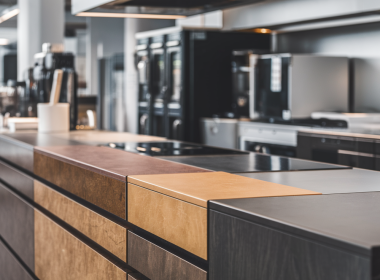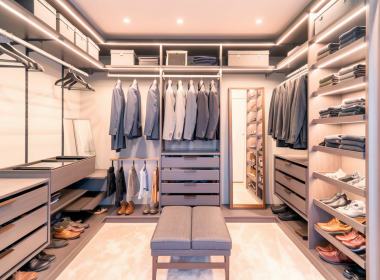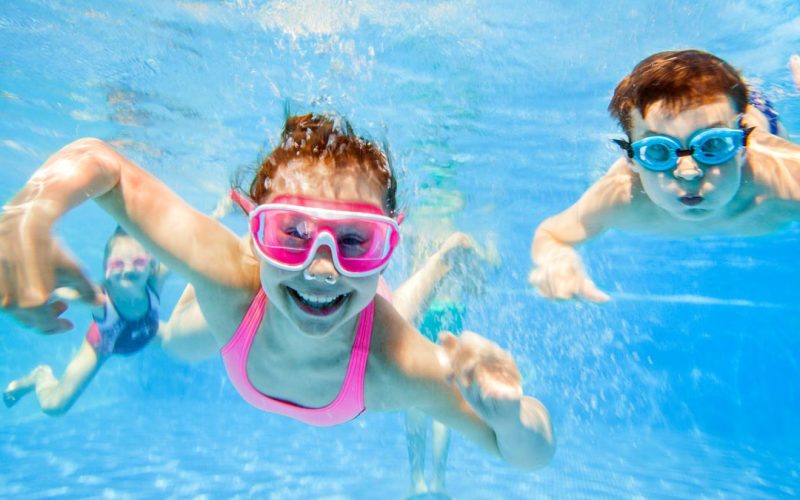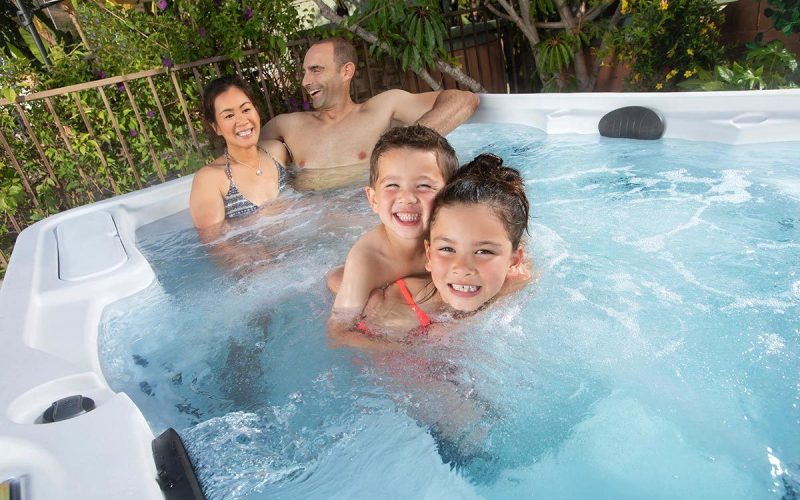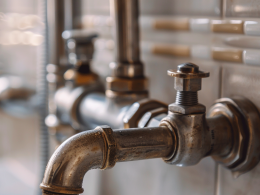Picture this. It’s a sunny summer afternoon, and your family is gathered around the pool. Laughter echoes as your children splash in the water. But amidst the fun, ensuring a child-friendly pool environment is crucial. For parents and pool owners, how to keep your pool safe for children to enjoy is a top priority. This guide will walk you through essential aspects of designing, maintaining, and enjoying a pool that’s both fun and secure for your little swimmers.
Designing a Safe and Fun Pool for Kids
Safety is the foundation of a child-friendly pool. The structure and features of your pool play a significant role in creating a secure environment.
Pool Fencing and Gate Safety
A sturdy pool fence is a must-have for keeping children safe. Choose a fence that’s at least four feet high with a self-latching gate. The latch should be out of reach for children, ensuring they can’t access the pool unsupervised. Regularly check the fence and gate for any damage or malfunction, and repair them promptly.
Shock-absorbing materials for the gate and fence can also help prevent injuries. Install a pool cover when it’s not in use, providing an additional layer of protection. These measures significantly reduce the risk of accidental drowning.
Appropriate Pool Depth and Design Features for Children
Pool depth is crucial for safety. Consider designing a shallow area where children can play comfortably. A gradual slope from shallow to deep areas is ideal, allowing children to adjust to different depths as they grow more confident in the water.
Incorporating built-in steps or a ramp makes entering and exiting the pool easier for children. Non-slip surfaces around the pool edge help prevent slips and falls. Thoughtful design features like these ensure children can enjoy the pool safely.
Pool Maintenance for Safety
A well-maintained pool is a safer pool. Regular cleaning and attention to water quality are vital for a healthy swimming environment.
Regular Pool Cleaning and Maintenance
Keep your pool clean with regular skimming and vacuuming. Remove leaves, debris, and insects to maintain a clear surface and prevent potential hazards. Clean the pool walls and floor to prevent algae and bacteria build-up.
Routine maintenance checks on pool equipment, such as pumps and filters, ensure everything operates smoothly. Schedule professional inspections annually to address any technical issues that could compromise safety.
Importance of Water Quality Testing and Maintenance
Maintaining water quality is critical for health and safety. Test the pool water weekly to monitor pH levels and chlorine concentration. Balanced water helps prevent skin irritation and eye problems.
Invest in a reliable pool testing kit or hire a professional service to ensure your pool meets hygiene standards. Proper chemical balance protects swimmers from harmful bacteria and ensures a pleasant swimming experience.
Essential Pool Safety Equipment
Equipping your pool with essential safety gear is vital for safeguarding children and ensuring a rapid response in emergencies.
The Role of Life Jackets and Emergency Equipment
Life jackets are a lifesaver for young swimmers. Ensure each child wears a properly fitting life jacket when near the pool. Keep an ample supply of life-saving devices like rings and floats readily available.
First aid kits and a charged mobile phone should be accessible at all times. These prepare you for swift action if an accident occurs. Regularly check and replace expired items in the first aid kit to maintain readiness.
The Importance of Adult Supervision
No safety measure outweighs the importance of adult supervision. Always have a responsible adult present when children are in or near the pool. Establish a watch system where adults take turns overseeing pool activities.
Designate a “water watcher” to avoid distractions such as phones or books, ensuring focused supervision. Guiding children with a watchful eye prevents mishaps and reinforces safe swimming habits.
Water Safety Education for Kids
Empowering children with water safety knowledge builds their confidence and reduces risks during pool time.
Teaching Children to Swim
Swimming lessons are invaluable in equipping children with essential water skills. Enrol children in age-appropriate swimming classes taught by certified instructors. The earlier they learn, the more comfortable they’ll be in the water.
Practice swimming together as a family, reinforcing lessons learned and making water safety a fun, shared experience. Celebrate milestones in swimming proficiency to encourage continued learning and improvement.
Establishing Pool Rules and Safety Guidelines
Clear, simple rules help children understand safe pool behaviour. Set guidelines such as no running, no pushing, and waiting for an adult before entering the pool. Discuss these rules regularly to reinforce their importance.
Create a safety pledge that the entire family can commit to. Display it near the pool as a constant reminder of the shared responsibility in maintaining a safe environment.
Creating a Family-Friendly Pool Environment
A pool designed with the whole family in mind ensures everyone can relax and enjoy together.
Designing a Pool Area that Accommodates Both Children and Adults
Incorporate features that cater to both children and adults. Comfortable seating areas near the shallow end allow parents to supervise while enjoying leisure time. Using umbrellas or a shade sail provides relief from the sun, keeping everyone cool and protected.
Consider adding a poolside dining area for family meals or entertaining guests. A well-designed pool area enhances the overall experience, making it a welcoming space for family gatherings.
Incorporating Play and Relaxation Areas
A balance of play and relaxation areas caters to diverse interests. Include a designated play zone with toys and games that encourage active fun. Floating toys, water basketball hoops, or a slide can amplify excitement.
For relaxation, introduce loungers or hammocks where family members can unwind between dips. Thoughtful landscaping with plants and flowers creates a serene backdrop, enhancing the pool’s aesthetic and soothing atmosphere.
Conclusion
Creating a child-friendly pool environment is a rewarding venture, providing a safe haven for countless joyful memories. By prioritising safety through design, maintenance, and education, you ensure a secure, enjoyable space for your family.
Remember, a well-designed pool area balances fun and safety, enriching family time while offering peace of mind. Encourage fellow pool owners to adopt similar practices, fostering a community committed to child safety and enjoyment.
For more insights on pool safety and design, explore additional resources or consult with experts who can tailor advice to your specific needs. With careful planning and ongoing vigilance, your pool becomes a cherished family retreat.



